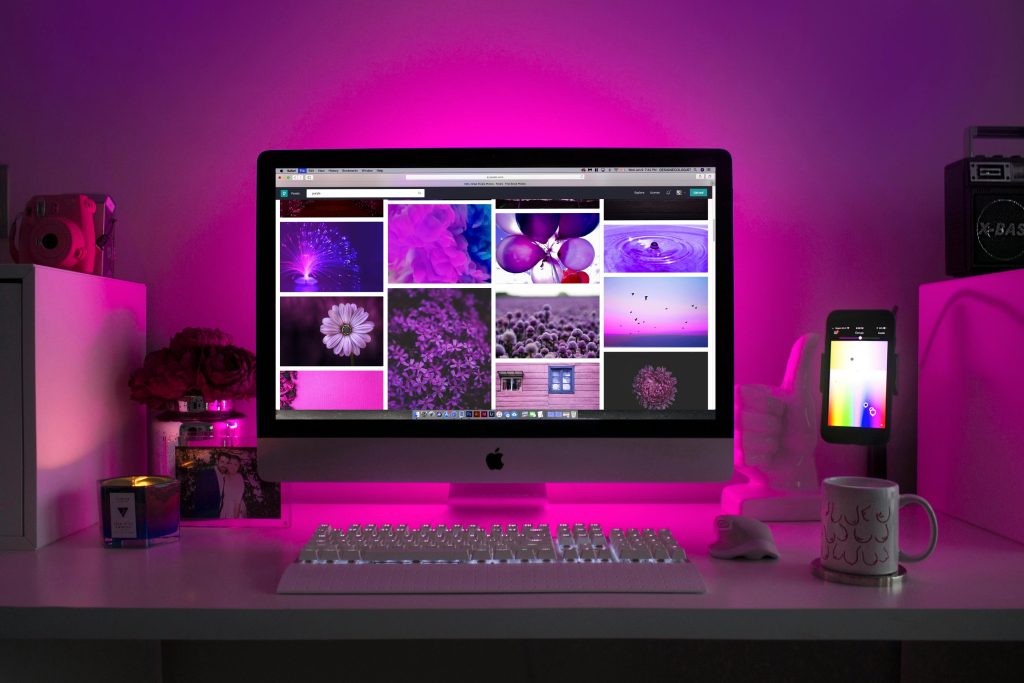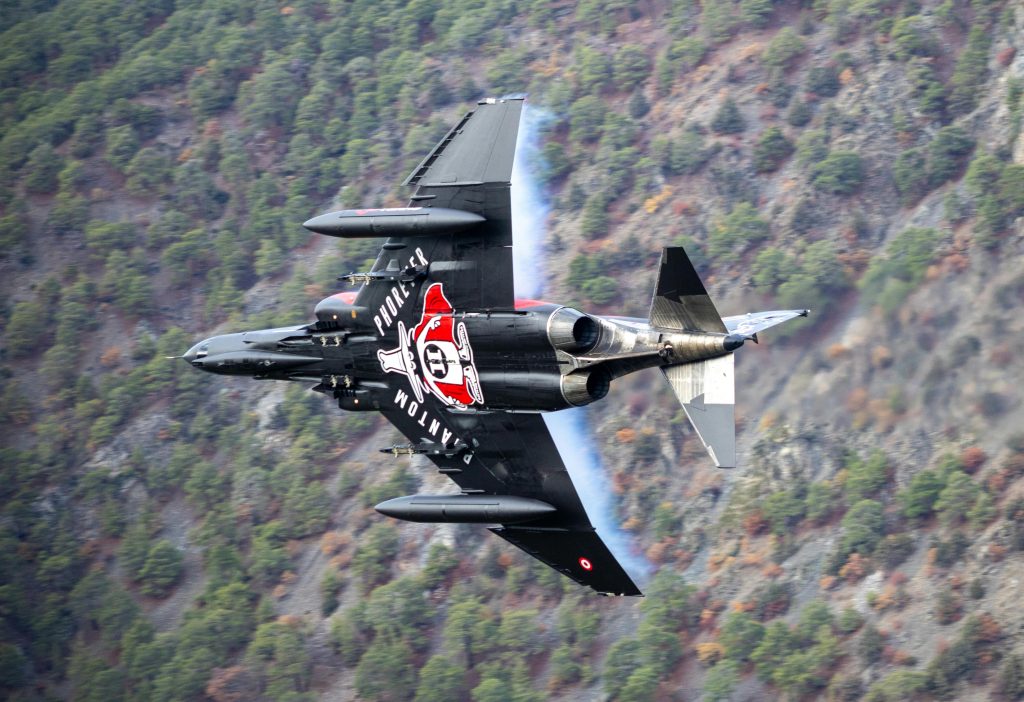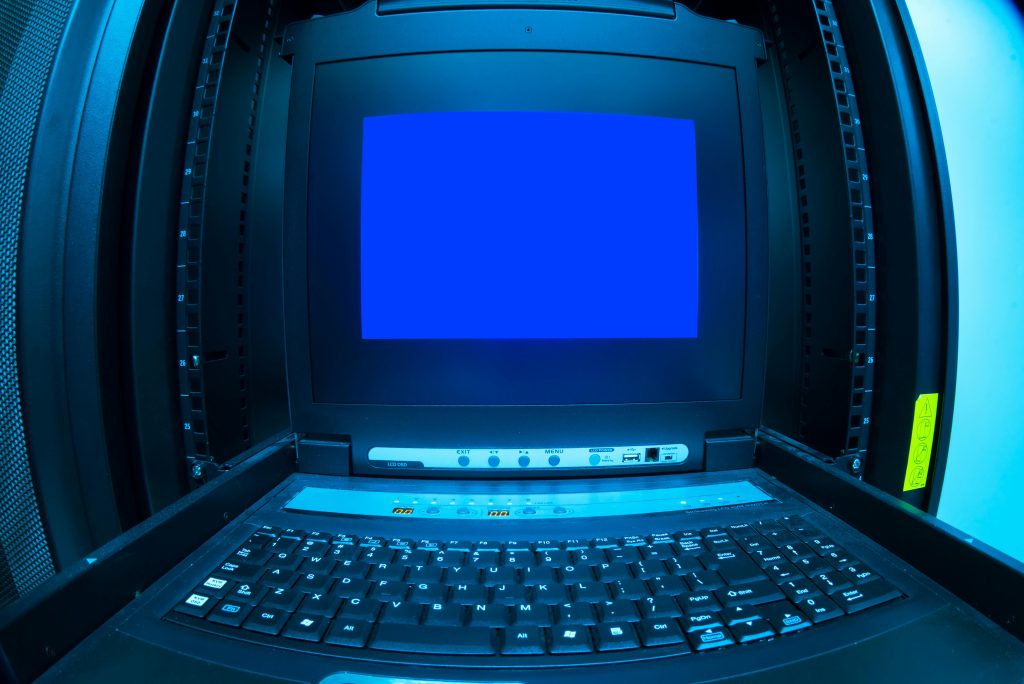Troubleshooting Nvidia Platform Controller and Frameworks on Dell G15: A Comprehensive Guide
In recent years, technology has advanced tremendously, yet the frustrations of computer users with hardware and software issues remain constant. In this blog post, we’ll delve into a multifaceted issue faced by a laptop user with a Dell G15 5520 featuring an Intel Core i7 12th Gen processor running Windows 11 and equipped with a GeForce GTX 3050 Ti graphics card. Despite these impressive specifications, the user’s laptop encountered persistent driver problems, manifesting as Error Code 31 and an inability to properly update or install drivers. This post will provide an in-depth look at potential solutions and preventative measures.
Understanding the Issue: Error Code 31
Before diving into solutions, it is crucial to understand Error Code 31. This specific error typically indicates that Windows cannot load the necessary drivers for a device. On systems like the Dell G15, issues like these are often linked to outdated or incompatible drivers, missing hardware dependencies, or corruption within the Windows operating system. Understanding these components is the first step in addressing the problem.
The Impacts of a Missing Battery
One unique factor in this scenario is the absence of a functional battery in the user’s Dell G15 for about six months. While seemingly small, power management issues can cause performance problems, and operating a laptop for extended periods without a battery can exacerbate these issues. In particular, without a battery, a laptop may experience asymmetric power delivery, impacting hardware functions like the Nvidia GPU. As such, replacing the battery is a good starting point for troubleshooting.
Tackling Windows Update Issues
Windows Update plays an essential role in maintaining your system’s stability, security, and hardware compatibility by providing critical updates. The Reddit user noted that Windows couldn’t update normally, necessitating manual updates through command prompts and YouTube tutorials. To address Windows Update issues:
- Run the Windows Update Troubleshooter:
- Go to Settings > Update & Security > Troubleshoot.
-
Select Windows Update and click Run the troubleshooter.
-
Ensure Essential Services Are Running:
- Access the Services app (type
services.mscin the Run dialog). -
Ensure services like Windows Update, Background Intelligent Transfer Service, and Cryptographic Services are running.
-
Reset Windows Update Components: This can be achieved using commands in Command Prompt to stop services, rename SoftwareDistribution and Catroot2 folders, and restart the services.
By keeping Windows fully updated, the operating system is more likely to recognize and correct driver and compatibility issues.
Driver Installation Challenges
With the Nvidia GPU failing to update and showing Error Code 31, here’s how one might address the issue:
- Clean Installation of Nvidia Drivers:
- Download Tools: Tools like DDU (Display Driver Uninstaller) can fully remove existing GPU drivers, allowing for a fresh installation without leftover files causing conflicts.
-
Install Manually: Download the latest drivers directly from Nvidia. Avoid tools that attempt automatic installs, as they may not address deeper issues or carry over problematic configurations.
-
Check Compatibility and Dependencies:
- Visit Nvidia’s Website: Confirm that the driver version you are installing is compatible with Windows 11 and your specific GPU model.
-
Ensure Chipset Drivers Are Installed: Often overlooked, ensure that your motherboard’s chipset drivers are up-to-date, as these can impact GPU operation.
-
Investigate Windows Hardware and Devices:
- Use Device Manager to uninstall (right-click on the device → Uninstall device) and reinstall devices that aren’t functioning properly.
- Check for hardware recognition issues, including unknown devices or erroneously listed devices, which can be indicative of deeper system conflicts.
Using Third-Party Tools
The Reddit user attempted manual updates using tools like WinRAR, NVIDIA Clean Install, and DUDUDU. When using such third-party applications, exercise caution:
-
Why Tools Matter: Tools like NV Clean Install allow for selective installation, removing unnecessary components (like telemetry) to ensure a smooth and lean driver.
-
Risks of Third-Party Applications: Many third-party tools aren’t officially sanctioned and can introduce problems instead of solving them. Always download tools from reputable sources and ensure they’re compatible with your system and specific hardware configurations.
Considering a Factory Reset
In situations where driver errors persist despite attempts at updating and troubleshooting, a factory reset can be a more comprehensive solution:
- Backup Data: Before resetting your device, ensure all vital data is backed up using cloud services, external hard drives, or USBs.
- Reset the System: Using the Reset this PC function in Windows allows for a fresh start. Remember, this should be a last resort, as you’ll need to reinstall software and restore files post-reset.
Conclusion and Insights
Laptop issues like these underscore the intricacy of modern computing. While hardware like a Dell G15 offers significant power, its operation hinges on seamless interaction between components, software, and a suitable power source, like a battery. Replacing missing parts and systematically addressing software issues, from drivers to operating system updates, are crucial steps in maintaining optimal performance.
Ultimately, this case exemplifies the broader principle of comprehensive maintenance and troubleshooting: ensuring that every link in the hardware and software chain is robust and functional. Following the steps outlined here can not only solve immediate frustrations but also build a foundation for a more reliable computing experience.
Share this content:




Response to Nvidia Platform Controller and Frameworks Problem
Thank you for sharing such an insightful and detailed guide on troubleshooting issues with the Nvidia Platform Controller on the Dell G15. I appreciate your thorough breakdown of Error Code 31 and how external factors, such as the absence of a battery, can significantly impact performance.
For users encountering similar issues, I’d like to add a few additional recommendations:
eventvwrin the Run dialog.Dear User,
Thank you for sharing the detailed overview of your Nvidia Platform Controller and Frameworks issues on your Dell G15. Driver errors like Error Code 31 can be challenging, but there are several troubleshooting steps we recommend to resolve these problems effectively:
devmgmt.msc, locate your Nvidia GPU under ‘Display adapters,’ right-click, and select ‘Uninstall device.’ Afterward, restart your system to allow Windows to attempt reinstallation automatically or manually install the latest drivers.